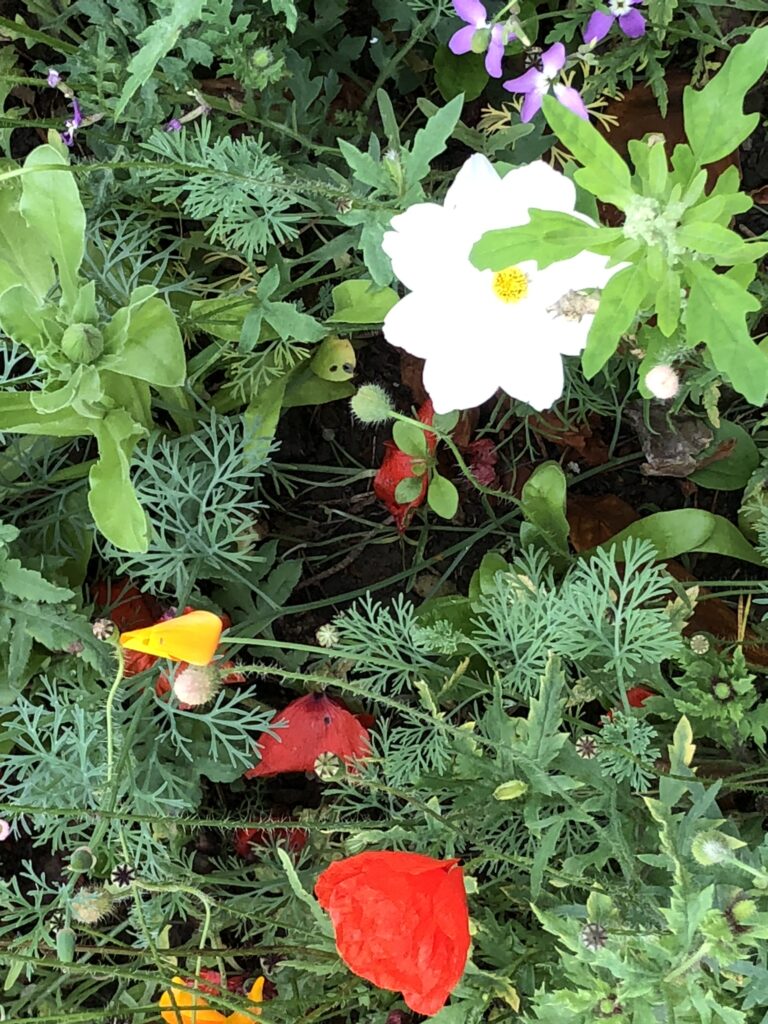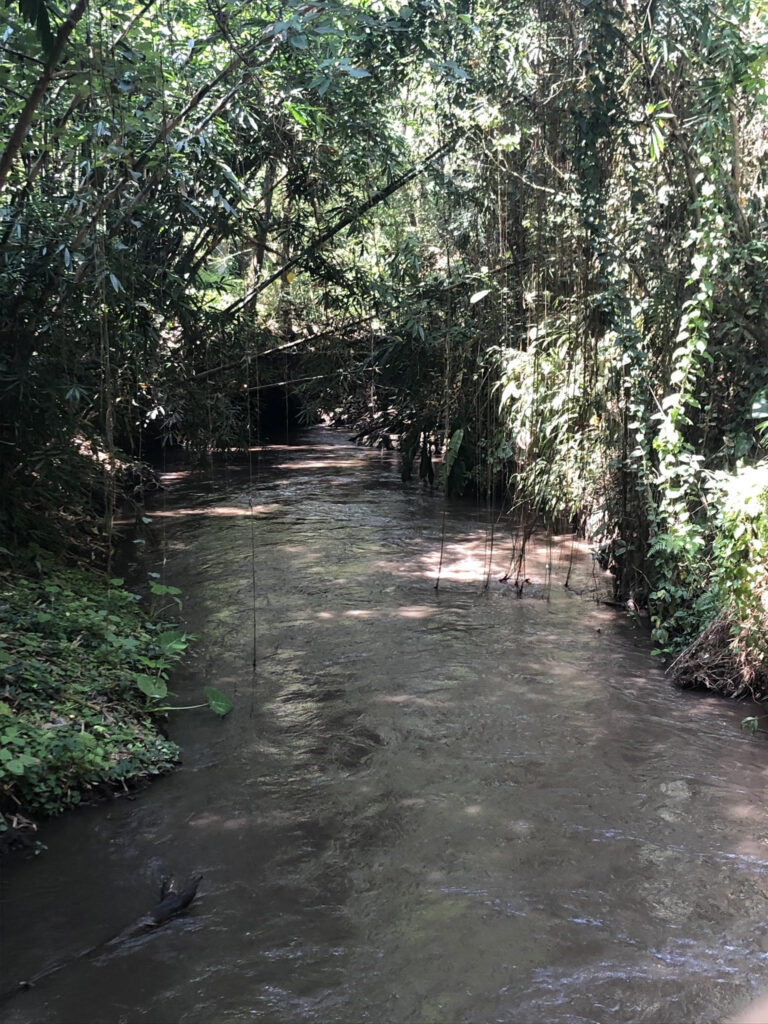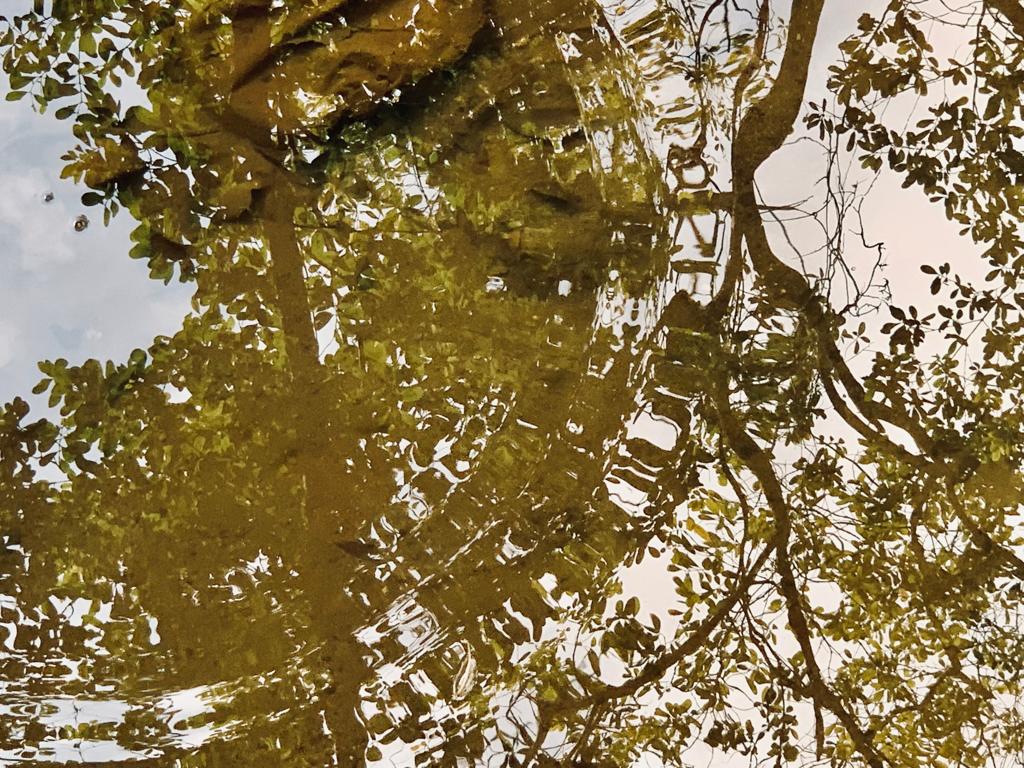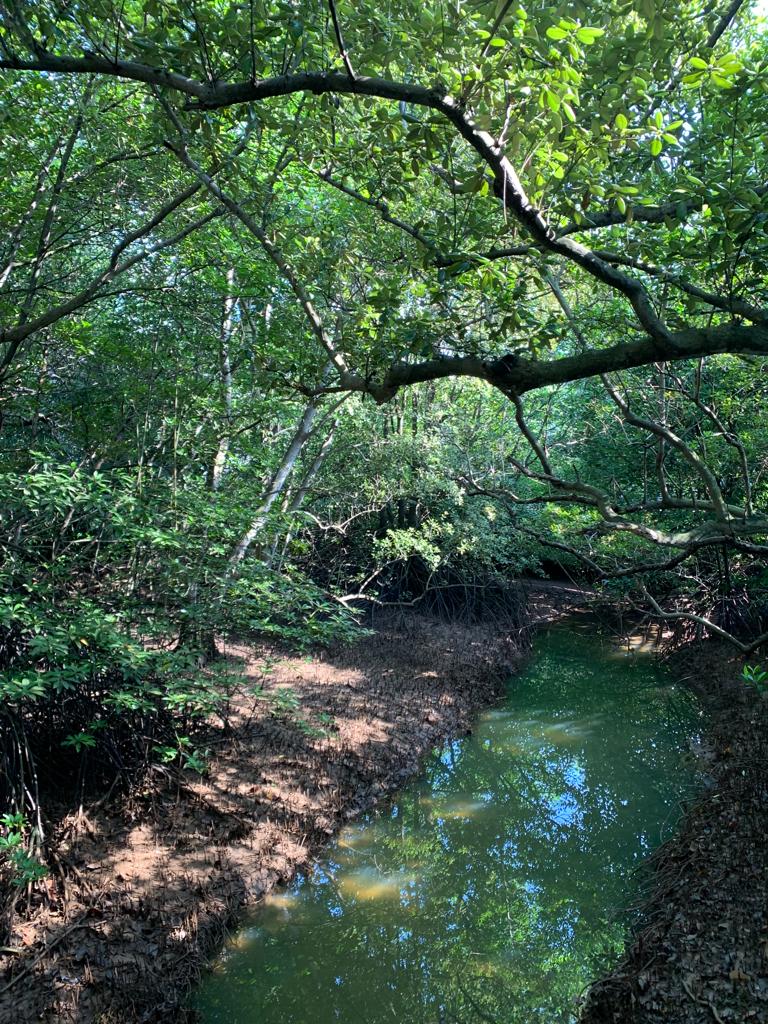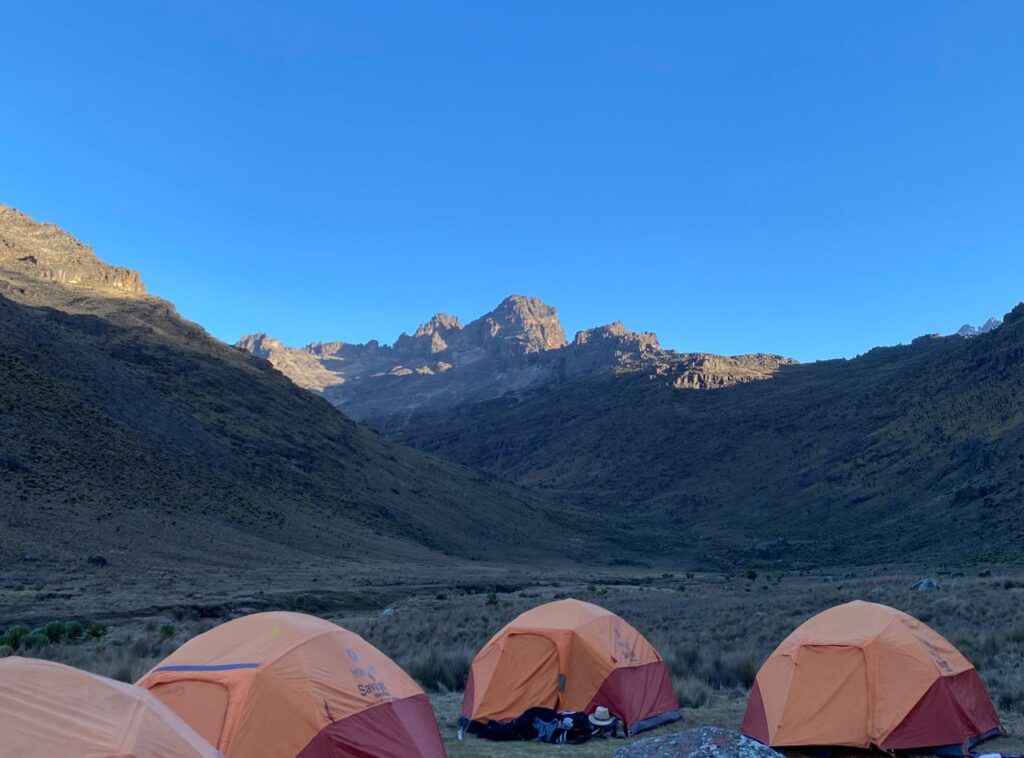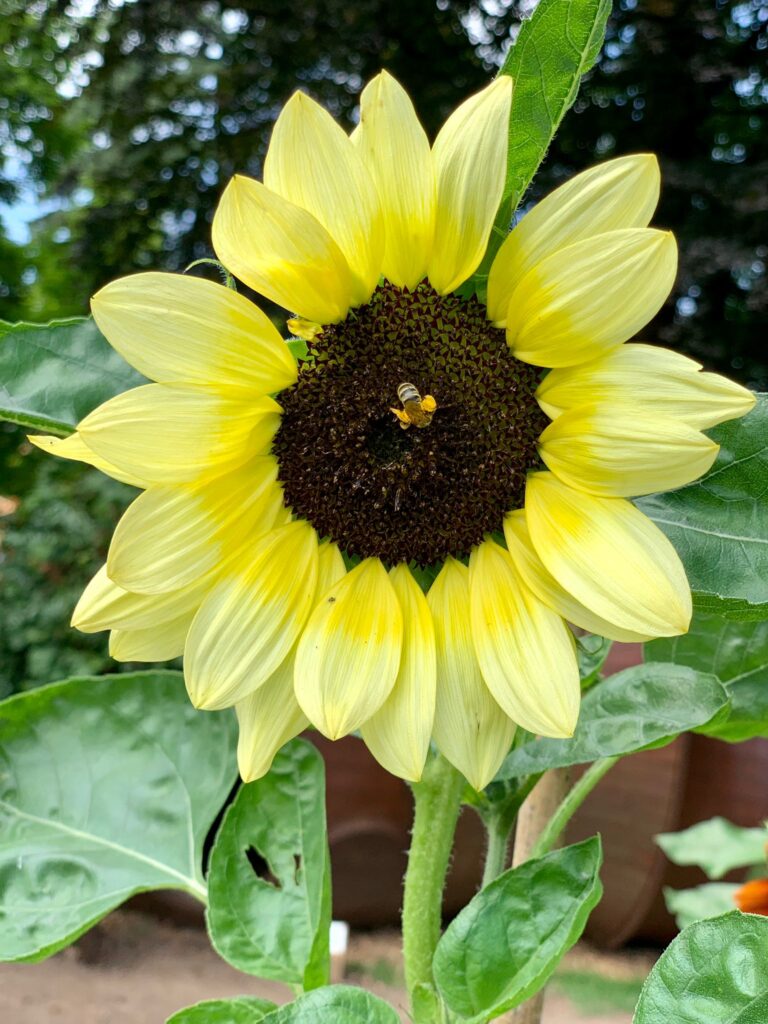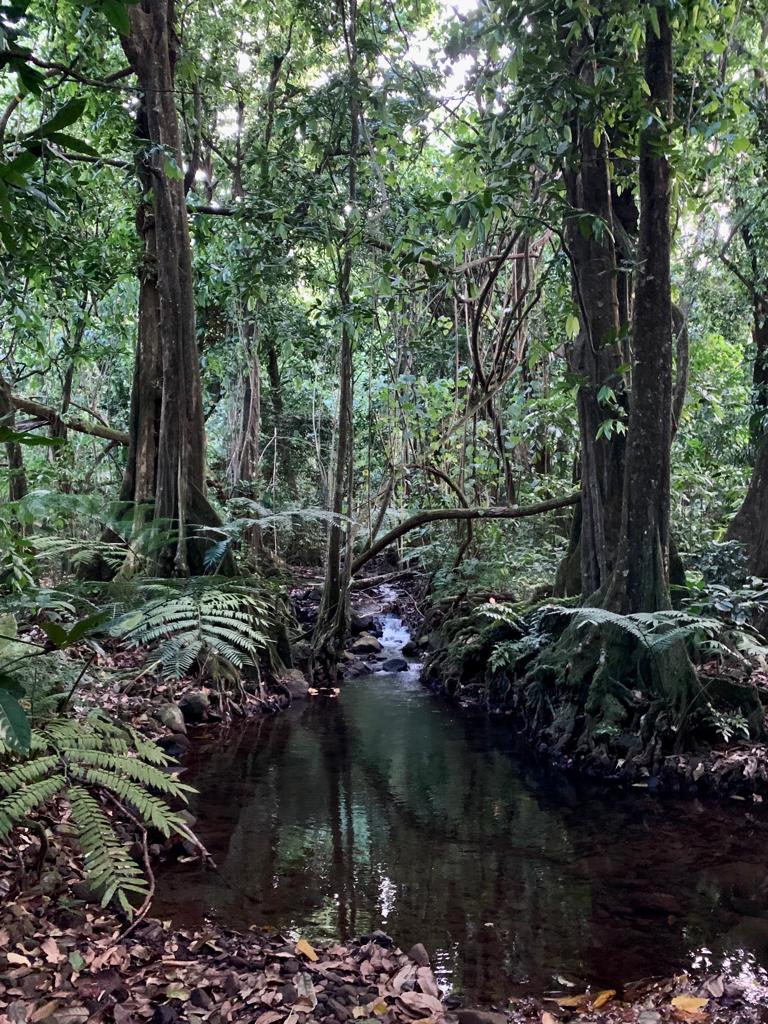“Superficially it might look like non-striving is primarily a method of relaxing and recovering well. But understood more deeply we see that it is a way of becoming more effective in the way that we exert effort in our life”

Dear Integral Meditators,
This week’s article continues to consider different aspects of mindful effort, inner power & what that really means. My January course on Effortless effort, will be exploring this in some detail!
Head’s up for the free Winter solstice balancing & renewing meditation (Online only) this Wednesday 20th December 7.30-8.30pm SG time. It’s a nice way to bring the year to a mindful close!
In the spirit of wings,
Toby
Practising non-striving with your ego
What is non-striving?
In a previous article on non-striving I defined non-striving as:
“A refusal to be in conflict with yourself and your life. Put another way, rather than seeing yourself in an adversarial relationship to yourself and your circumstances, you practice accepting and working with what is there.”
Non-striving in relation to effort
Non-striving as a mindfulness practice is designed to help us become efficient in the way we apply effort in our lives. It looks for areas where one part of us is locked in a conflict with another part, and seeks to diffuse that conflict. Having diffused the conflict non-striving seeks to align the different elements of the self with each other, so that they are directed towards a common goal.
If the self is singular and pointed in one direction, then effort toward a particular goal tends to feel easy and naturally powerful. The more division within the self, the more effort it takes to do something, because there are elements of you that are pulling in different directions.
So then, superficially it might look like non-striving is primarily a method of relaxing and recovering well. But understood more deeply we see that it is a way of becoming more effective in the way that we exert effort in our life. It enables us by helping our inner energy to harmonize and unite.
Non-striving & the ego
Our ego (both the positive, negative & neutral versions of it) is often very pre-occupied with achievement, and in comparing our achievements to others. Quite often the way in which the ego conceives of effort in achieving is to strive effortfully against the competition, against our inner laziness, against the obstacles. Non-striving seeks to reframe this effort, creating a sense of co-operating and working with what is, both inwardly and outwardly, so as to move forward as seamlessly and effortlessly toward our goal. It seems like non-striving is trying to work against the ‘struggle’ of our ego, they are opposing each other. This is worth dwelling on a little.
“Who is it but the ego that needs to overcome the ego?” – Chuang Tzu
Let’s say we are in meditation, and we are trying to get into a state of non-striving. But there are certain inner conflicts that just keep popping up, so we keep trying harder and harder to let them go. One key understanding here is to see that the part of you that is trying to ‘let go’ is also the part of you that is preventing the non-striving. All non-striving asks you to do is accept and work with what comes up in a non-conflicting manner, to relax with what is. It’s only your ego that needs to ‘let go’ and, irony of ironies ‘overcome your ego’!
Using Chuang Tsu’s quote above as an object of sitting meditation can be a great way of really refining your non-striving practice, and getting rid of some of the subtle ego-conflicts that get in the way of deeper practice.
A final quote that also ties quite closely into non-striving, focused around suffering:
“There are two kinds of suffering. There is the suffering you run away from, which follows you everywhere. And there is the suffering that you face directly, and so become free” – Ajahn Chah
Wishing you well in your path and exploration of non-striving!
Related article: Three levels of non-striving
Article content © Toby Ouvry & Integral Meditation Asia 2023. you are welcome to share, but please cite the source, thanks! Contact info@tobyouvry.com
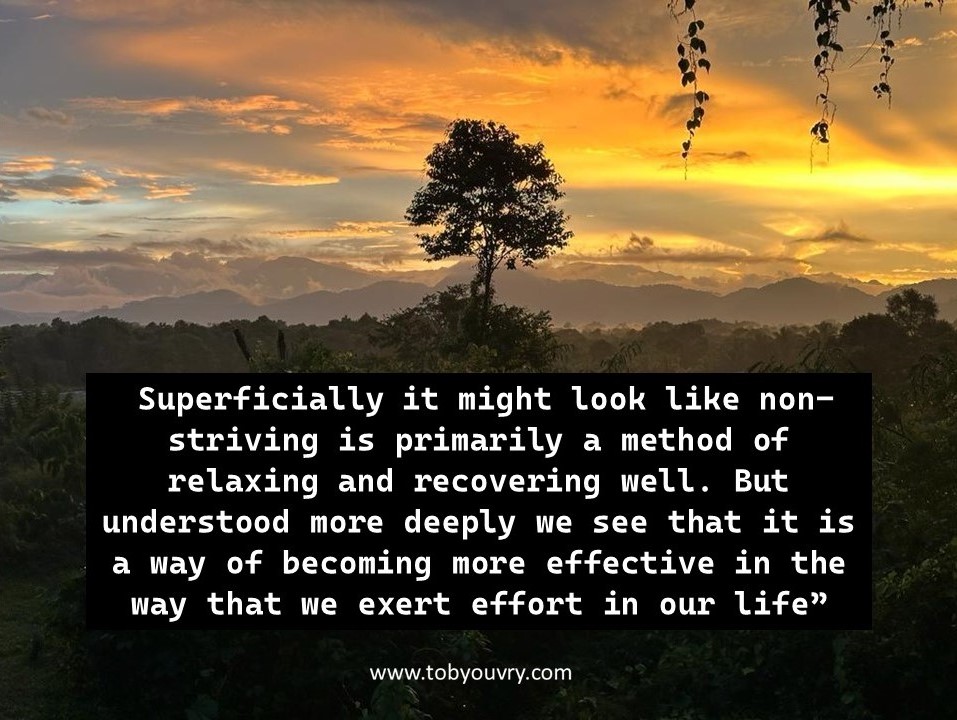
Follow Toby on: LinkedIn, YouTube, Instagram
Integral Meditation Asia
Online Courses * 1:1 Coaching * Books * Live Workshops * Corporate Mindfulness Training *Life-Coaching * Meditation Technology
